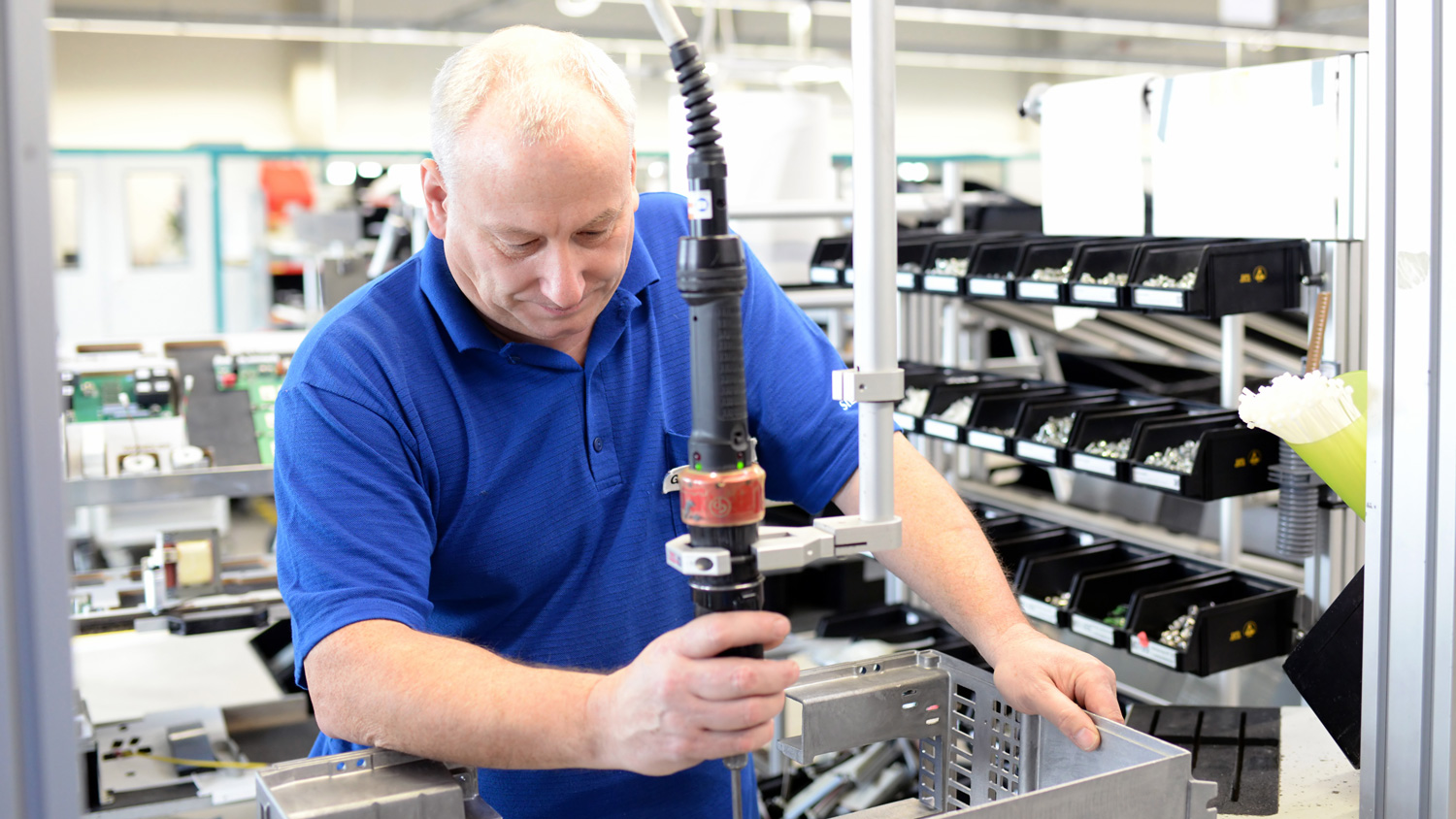Human error can lead to major incidents, the HSE has warned, following an incident involving an offshore company.
The HSE recently issued oil firm Apache with an enforcement notice after inspectors formed the opinion that the company failed to fully consider human factors as part of its plans to prevent a fire and explosion on its Forties Delta platform in the North Sea.
Mary Marshall, a principal specialist inspector at HSE, said:
“Offshore companies need to understand and evaluate where and how these safety critical tasks might be vulnerable to human error. Safety Critical Task Analysis (SCTA) is an established, structured process that will help companies demonstrate that these tasks can be carried out safely, reliably and that the risks are managed to as low as reasonably practicable. This will include consideration of the design of the equipment, details of the tasks and the factors which support task performance.”
Human factors, encompassing physical, cognitive, and social elements, play a significant role in shaping the safety landscape within any workplace. Understanding and addressing these factors can lead to substantial improvements in preventing accidents, reducing errors, and enhancing overall productivity. This article explores the various human factors affecting workplace health and safety and their profound impact.
Physical capabilities and ergonomics
The physical abilities and limitations of workers are fundamental to workplace safety. Jobs that require manual labour, repetitive motions, or prolonged static postures can lead to musculoskeletal disorders if not properly managed. Ergonomically designed tools and workspaces that accommodate the diverse physical needs of employees can mitigate these risks. For example, adjustable workstations and equipment that reduce the need for excessive force or awkward postures can significantly decrease the incidence of injuries and increase comfort and productivity.
Cognitive functions and mental workload
Cognitive factors, including attention, memory, and problem-solving abilities, are crucial for maintaining safety in complex and dynamic work environments. Tasks that require high levels of concentration, such as operating heavy machinery or managing critical systems, can be particularly susceptible to human error. Overloading employees with too many tasks or insufficiently stimulating work can lead to mistakes. Implementing strategies to balance cognitive workload, such as task rotation and adequate breaks, helps maintain alertness and performance.
Work environment and sensory inputs
The physical work environment, including lighting, noise levels, and temperature, directly influences health and safety. Poor lighting can cause eye strain and increase the likelihood of errors, while excessive noise can lead to hearing loss and impede communication. Extreme temperatures can result in heat stress or cold-related illnesses. Ensuring optimal environmental conditions through proper design and maintenance can enhance safety and comfort, reducing the risk of accidents and health issues.
Work organisation and schedule
The organisation of work, including schedules, workload distribution, and task design, significantly affects employee health and safety. Long hours, shift work, and inadequate rest breaks contribute to fatigue, a major risk factor for workplace accidents. Fatigue impairs cognitive functions, slowing reaction times and diminishing decision-making abilities. Implementing fair scheduling practices, providing adequate rest periods, and designing tasks to prevent overwork can mitigate these risks and promote a healthier, safer workplace.
Safety culture and communication
An organisation's safety culture reflects its commitment to prioritising health and safety over productivity or cost-saving measures. A positive safety culture, characterised by strong leadership, clear communication, and employee involvement, encourages adherence to safety protocols and proactive hazard reporting. Regular training and open lines of communication ensure that safety procedures are well understood and consistently followed. This culture fosters a sense of shared responsibility, where every employee is vigilant and committed to maintaining a safe work environment.
Human behaviour and attitudes
Individual behaviour and attitudes towards safety are influenced by personal beliefs, perceptions of risk, and motivation. Workers who underestimate risks or feel pressured to take shortcuts are more likely to engage in unsafe practices. Conversely, employees who are well-informed about the potential hazards and the importance of safety are more likely to comply with safety regulations. Cultivating a safety-conscious mindset through continuous education and positive reinforcement can significantly reduce unsafe behaviours.
Psychological and social factors
Psychological factors, including stress, anxiety, and overall mental health, play a crucial role in workplace safety. High stress levels can impair cognitive functions and increase the likelihood of errors. Social factors, such as team dynamics and leadership styles, also influence safety outcomes. Effective teamwork and supportive leadership can enhance communication, trust, and cooperation, leading to safer work practices. Addressing psychological and social factors through supportive policies and practices can create a more resilient and safety-oriented workforce.
Conclusion
The impact of human factors on workplace health and safety is profound and multifaceted. By understanding and addressing these factors, organisations can create environments that not only protect employees from harm but also enhance their overall wellbeing and productivity. Investing in ergonomic design, fair work practices, positive safety culture, and psychological support are essential steps towards a safer, healthier workplace. As we continue to evolve and understand the complexities of human factors, the potential for creating safer and more efficient work environments grows, benefiting both organisations and their most valuable asset – their employees.
You might also be interested in
RELATED CONTENT
RELATED COURSES

The world’s best-known health and safety certificate, designed for managers and supervisors in any sector or organisation.

IOSH Working Safely is a one-day introductory health and safety training course for people at any level, in any sector.

The Risk Assessment and Method Statement (RAMS) course examines the HSE’s recognised five-step approach to risk assessment.

The Lone working course explores the risks associated with working alone and additional controls to promote safe lone working.

The HSE has issued guidance aimed at employers, managers and others to help them understand ergonomics and human factors in the workplace.

Everyone can make errors no matter how well trained and motivated they are. However, in the workplace, the consequences of such human failure can be s...

The impact of ChatGPT and other generative AI technologies on the world of work has become a hotly contested topic globally, but Hays says that while ...

A tool to make the UK’s human rights records transparent, and the Government accountable, launched on 9 October.